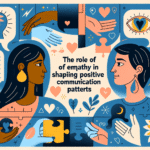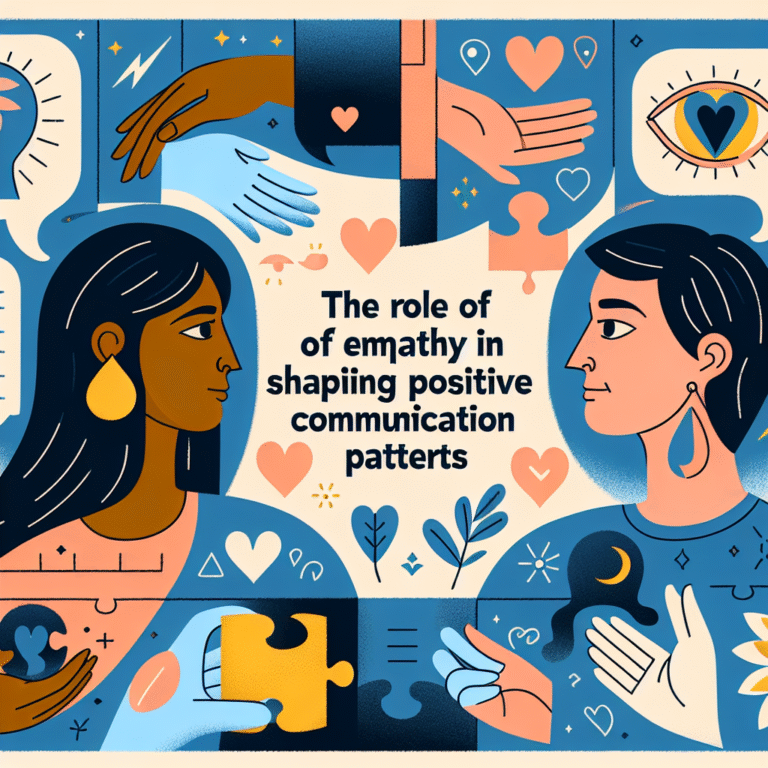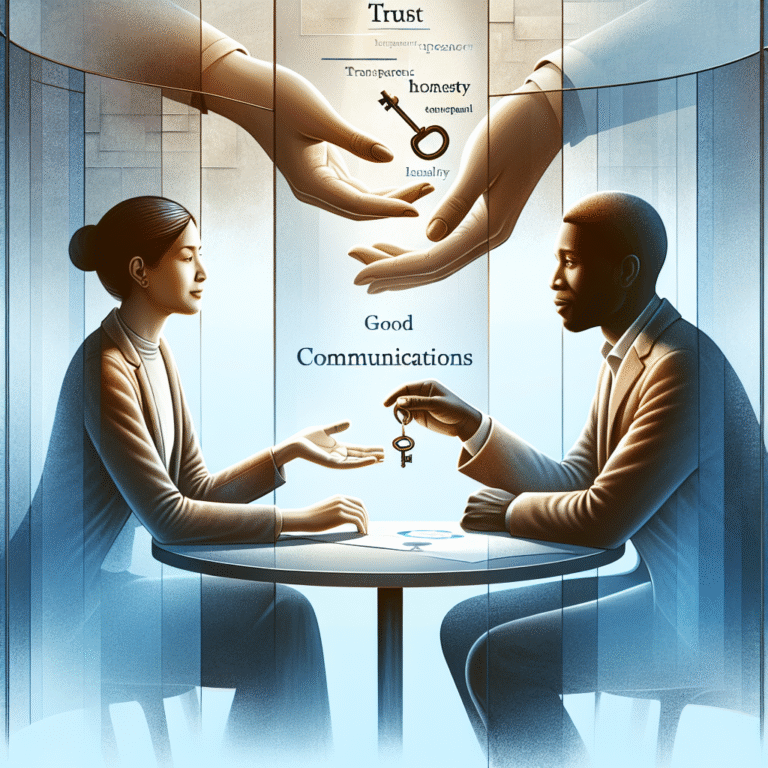
Introduction: The Power of Empathy in a Divided World
In a world inundated with crises—whether social, environmental, or political—the role of empathy has never been more crucial. We often hear calls to "do better" or "understand each other," yet mere words without action can feel hollow. This article, From Empathy to Action: Moving Beyond Words to Create Change, seeks to bridge that gap. It’s not enough to empathize; we must act, guided by our understanding of others’ experiences.
Empathy is the capacity to recognize emotions and perspectives, and it is a powerful tool for facilitating understanding and unity. Yet, it’s essential to recognize that feelings alone do not create change. This article will explore how we can transform our empathetic responses into actionable steps. We will delve into case studies, analyze strategies, and provide practical guidance on moving from empathy to action.
The Empathy-Action Continuum: Understanding the Spectrum
Empathy manifests on a spectrum. At one end, we have cognitive empathy—the ability to understand another’s perspective—while at the other end lies emotional empathy, where we feel what others feel. Both types of empathy are vital, yet the transition from thought to action remains challenging.
The Cognitive Leap: Understanding the Need for Action
Understanding the Impact of Inaction: Empathy may stir feelings of compassion and urgency, but without action, those feelings can dissipate. For instance, while many empathized with victims of natural disasters globally, only a fraction actively contributed to relief efforts.
- Shifting Mindsets: Moving from empathy to action requires a mindset shift. This means accepting responsibility—understanding that we are part of the societal fabric and that our actions (or inactions) have consequences.
Case Study: The Ice Bucket Challenge
The Ice Bucket Challenge, launched in 2014 to raise awareness for ALS (amyotrophic lateral sclerosis), serves as an iconic example of turning empathy into action. As people understood the devastating impact of the disease through heartfelt stories of affected individuals, social media played a pivotal role in galvanizing support.
Analysis: This movement perfectly illustrates how empathy can lead to action. The challenge engaged individuals emotionally and tangibly—raising $115 million for the ALS Association in just eight weeks. Public participation created a ripple effect, leading to an increase in advocacy and research funding.
Strategies for Moving from Empathy to Action
1. Cultivating a Proactive Mindset
To move from empathy to action, cultivating a proactive mindset is essential.
Identify Personal Motivations: Consider what issues resonate with you and why. Is it social justice? Climate change? Health? Understanding the ‘why’ will enhance your commitment to action.
- Set Achievable Goals: Once motivated, set clear, achievable goals. Whether it’s volunteering a few hours a month or starting a community initiative, small steps lead to larger implications.
2. Building Community Connections
Connecting with others amplifies the effect of our actions.
Engage Locally: Form connections with local organizations or groups that align with your cause. Attend meetings; participate in discussions.
- Leveraging Social Media: Share your journey and insights through social platforms. The power of social media can cultivate community, allow for shared experiences, and mobilize efforts.
3. Continuous Education and Adaptation
Understanding is an evolving process.
Stay Informed: Read current research, listen to testimonies, and participate in discussions about the issues you are passionate about. This will enable you to engage effectively and take informed actions.
- Adapt Your Approach: Be flexible and willing to adjust actions based on new learnings. The landscape of social issues constantly changes; staying adaptable ensures your actions remain relevant and effective.
Case Study: The Refugee Crisis
Take the example of the ongoing global refugee crisis. As media coverage brought forth harrowing images and stories, many around the world felt empathy but struggled with action.
Analysis: Organizations like REFUGEE, an international initiative, focused on fostering empathy and encouraging proactive community involvement-creating safe spaces for refugees, providing basic needs, and integrating them into local cultures. This collective community action was spurred by an initial empathetic response.
The Importance of Leadership in Action
Empathy and leadership are closely intertwined. Leaders who embrace empathy can inspire transformative actions.
Characteristics of Empathetic Leaders
Active Listening: Empathetic leaders prioritize feedback and create environments where voices are heard.
Emotional Intelligence: They understand their own emotions and can effectively gauge the feelings of others, thereby enhancing team dynamics and collective action.
- Visionary Thinking: Empathetic leaders envision not just a better organization or community but a better world. This clarity of vision galvanizes collective action, as seen in movements led by individuals like Malala Yousafzai and Greta Thunberg.
Case Study: Malala Yousafzai
Malala Yousafzai’s fight for girls’ education exemplifies the transition from empathy to action. After experiencing oppression in her own community, Malala transformed her empathy into action, advocating worldwide for education through her foundation.
Analysis: Her empathetic understanding of the struggles faced by girls in her community allowed her to become a globally recognized advocate. Through education, public speaking, and engagement, she turned her experiences into an actionable change that influences policies and opinions globally.
Creating Change Through Advocacy
Advocacy is a direct way to channel empathy into action. Whether it’s through writing, public speaking, or lobbying—all forms of advocacy aim to create change within societal structures.
The Process of Effective Advocacy
Identify Issues: Pinpoint the issues that align with your values.
Research and Collaborate: Equip yourself with knowledge. Collaborate with organizations or individuals already working on these issues.
- Engage with Decision-Makers: Directly contact policymakers. Use data, stories, and your empathetic insights to advocate for change.
Case Study: The Black Lives Matter Movement
The Black Lives Matter (BLM) movement epitomizes how empathy transformed into an enduring global campaign for racial justice. Initially sparked by tragic events, collective outrage catalyzed widespread advocacy for systemic changes.
Analysis: BLM successfully mobilized local and global actions through protests, social media, and community engagement, demonstrating how empathy can lead to a unified call for change. Advocacy on such a large scale often spurs legislative changes and shifts cultural norms.
Conclusion: Empowering Action in a Compassionate Society
In sum, From Empathy to Action: Moving Beyond Words to Create Change presents a poignant reminder that while empathy is a critical first step, it remains insufficient without actionable steps. Recognizing this connection can empower us to become agents of change.
Empathy transforms our perspectives, but action shapes our world. Therefore, let’s resolve to engage with our communities, educate ourselves, and lead movements that embody the virtues of empathy. Let every empathetic feeling spark another action toward a more compassionate society, encouraging others to join us in this vital endeavor.
FAQs
1. How can I start taking action based on empathy?
Start by identifying issues that resonate with you. Take small, actionable steps—begin by volunteering, educating yourself, or speaking out.
2. What if I feel overwhelmed by the issues?
It’s okay to feel overwhelmed. Focus on one issue at a time. Joining groups can provide support and collective strength.
3. How can I inspire others to move from empathy to action?
Share your journey on social media, organize community events, or initiate discussions that inspire shared action.
4. Are there specific organizations focused on turning empathy into action?
Numerous organizations engage in advocacy and community efforts. Research local or global initiatives aligned with your interests.
5. Can personal experiences shape how we respond empathetically?
Absolutely. Our experiences often influence what we feel strongly about and can serve as powerful catalysts for action.
In conclusion, our capacity for empathy is a profound gift. Let’s turn that empathy into meaningful actions that foster lasting change, creating a better world for all.

















